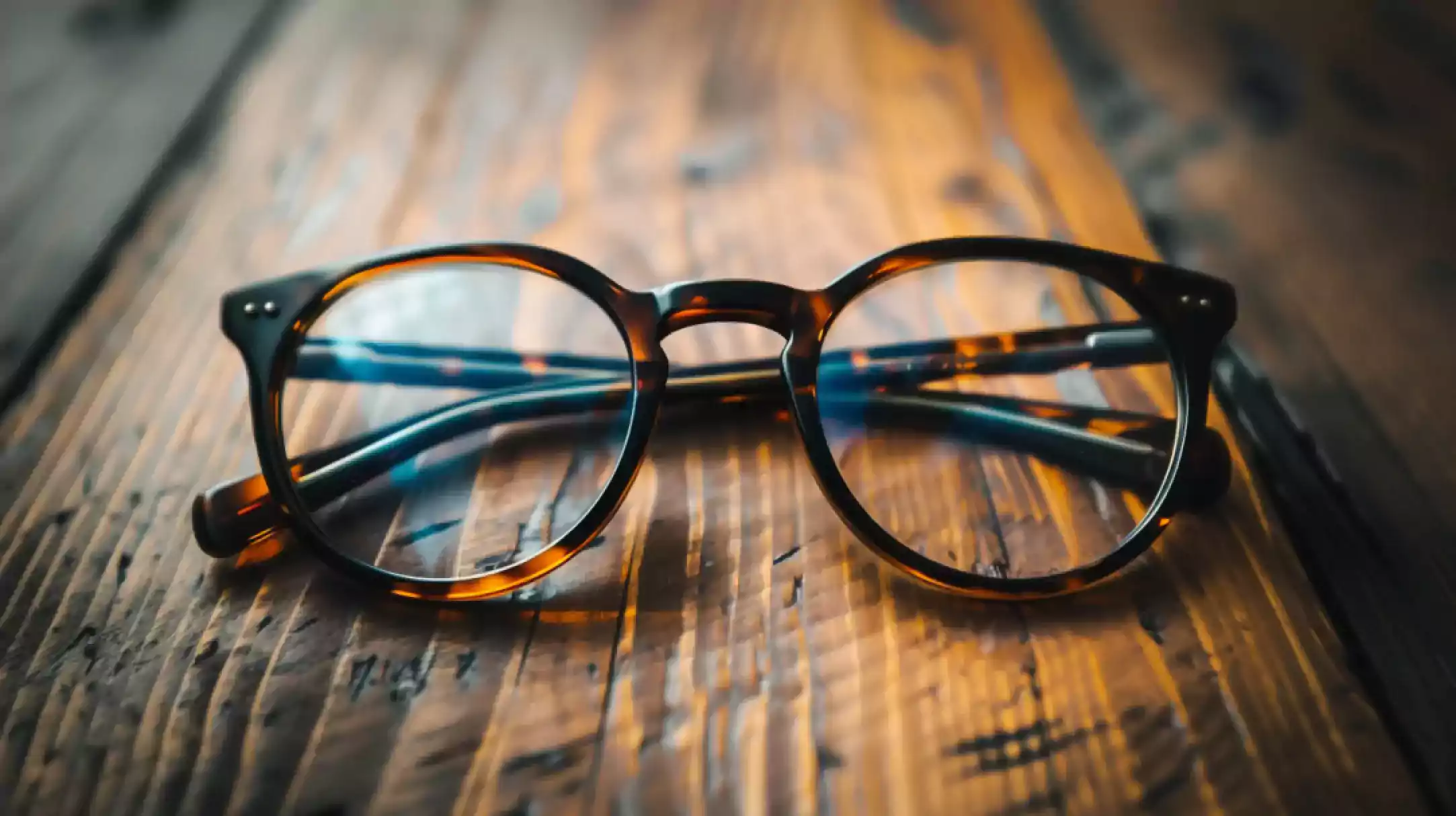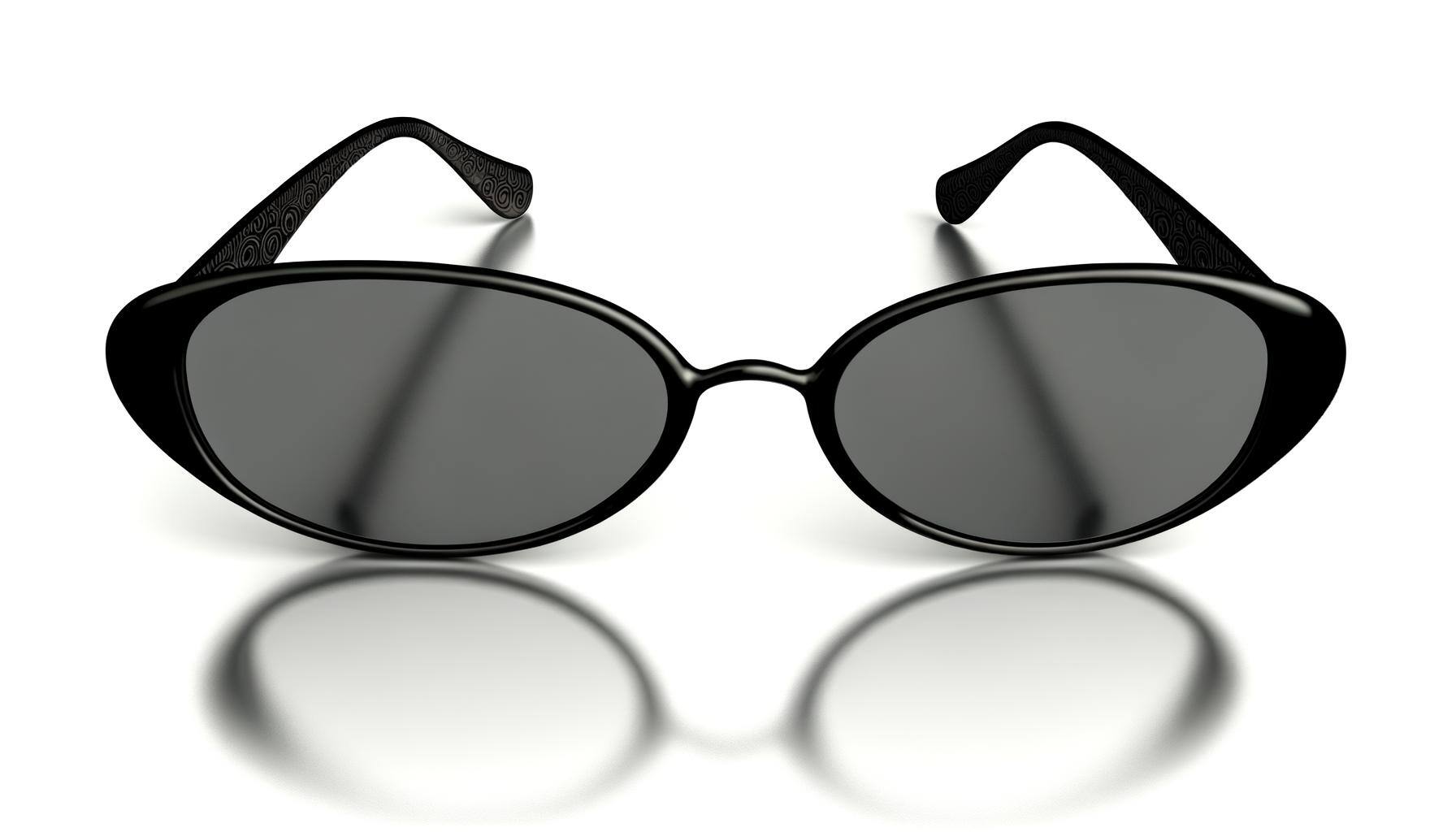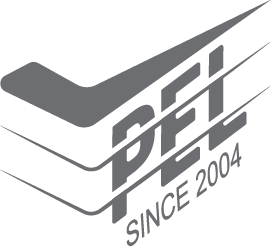As eyewear manufacturers, understanding the safety regulations and standards that govern these products is crucial whether you are producing eco eyewear or blue light glasses. The key markings to adhere to are the CE mark, found on eyewear within the European Economic Area and the General Product Safety Regulation (GPSR) (EU) 2023/988, which sets broad safety standards for consumer products sold within the European Economic Area. It’s also important to look out for EN numbers like EN 166 and EN 12312-1, which ensure the eyewear’s ability to protect against mechanical impacts and filter ultraviolet light effectively. More than just compliance, adhering to these standards opens doors to greater market access, builds consumer trust, and enhances the overall brand reputation, positioning your products as the preferred choice in a competitive market.
What is a CE Mark?
The CE mark is a mandatory conformity marking for certain products sold within the European Economic Area (EEA). This mark signifies that the product complies with the highest safety, health, and environmental protection standards set by the European Union. It indicates that the product has undergone assessment by the manufacturer or a third-party certification body to verify that it meets EU safety directives.
The Importance of CE Mark Approval for Manufacturers
CE marks on eyewear comply with stringent European standards, such as personal protective equipment and optical radiation safety. For manufacturers, this mark is crucial—it not only reassures consumers about the safety of the eyewear but also serves as a critical indicator of quality that can open international markets. Compliance with these standards, such as EN 166 for resistance to impacts and EN 174 for ski goggles, ensures that products are rigorously tested and validated for safety. This significantly mitigates legal risks and enhances consumer trust, which is vital for maintaining a competitive edge in the global market.
The Meaning of GPSR
The General Product Safety Regulation (GPSR) (EU) 2023/988 establishes a comprehensive framework to ensure the safety of consumer products within the European Economic Area. Acting as a broad safety net, it applies to all products not covered by specific EU safety regulations. The GPSR mandates that products, including eyewear, meet essential safety criteria and pose no risks under normal or foreseeable usage. Manufacturers, distributors, and importers must exercise due diligence to ensure product safety throughout the supply chain.
The Importance of GPSR for Manufacturers
Adherence to the GPSR is essential for eyewear manufacturers. It complements specific product safety standards such as the CE mark and various EN standards, covering areas that might need to be specifically addressed by these targeted regulations. The GPSR enhances consumer protection by requiring manufacturers to conduct rigorous safety assessments and maintain comprehensive documentation to demonstrate compliance. This regulation also mandates that any risks associated with the products are communicated clearly to consumers, helping to prevent accidents and enhance product trustworthiness.
Selecting Safe Eyewear with a Focus on Safety and Regulation
Material and Design Safety for Manufacturers
Choosing suitable materials and designs is critical to ensure comfort and protection when producing eyewear. Utilising hypoallergenic materials like titanium, stainless steel, or acetate helps manufacturers meet diverse global standards and address niche market requirements, thus broadening market reach and ensuring product compliance. Opting for shatterproof lenses made from durable materials like polycarbonate—lighter and more impact-resistant than standard plastic or glass—can further emphasise a manufacturer’s commitment to consumer safety and product durability.
More Markings to Adhere to As Eyewear Manufacturers
EN 166: Personal Eye Protection Standard
The EN 166 certification means the eyewear has been rigorously tested to protect against common hazards like flying debris, dust, splashes, or other mechanical risks in workplaces and during sports activities. The standard assesses factors such as optical clarity, robustness, resistance to fogging, and durability of the frame and lens materials.
For manufacturers, obtaining the EN 166 certification is about meeting safety requirements and assuring distributors and partners of the product’s reliability and durability. This certification can enhance a manufacturer's reputation for quality in industrial and safety eyewear, facilitating more accessible access to these specialised markets.
EN 12312-1: Sunglasses for General Use
EN 12312-1 applies specifically to sunglasses, focusing on their ability to effectively filter ultraviolet (UV) light and manage sun glare. This standard tests sunglasses to ensure adequate UV protection, categorising them based on the level of security offered. It also evaluates the quality of the lenses in terms of visibility and distortion to ensure that while protecting your eyes from harmful UV rays, the sunglasses offer clear vision without significant colour distortion.
Compliance with EN 12312-1 is crucial for manufacturers planning to expand their market reach, especially in regions with strict import regulations on UV protection. This standard ensures products meet high safety benchmarks and enhances export potential by adhering to international safety norms.
Material Codes
Material codes indicate the composition of eyewear lenses, impacting their performance and suitability for different needs:
CR-39: CR-39 lenses, known for their optical clarity and scratch resistance, help manufacturers meet consumer expectations for quality and durability in everyday eyewear while ensuring compliance with UV protection standards.
Polycarbonate: Polycarbonate lenses are crucial for manufacturers targeting high-risk usage scenarios due to their superior impact resistance meeting stringent safety standards for sports eyewear, safety glasses, and children’s eyewear.
By incorporating these materials, manufacturers can significantly reduce the rate of returns and complaints due to lens damage, such as cracks or scratches, improving overall customer satisfaction and fostering brand loyalty. Using these cost-effective materials can enhance production efficiencies and profitability by minimising waste and reducing the need for frequent replacements, solidifying a manufacturer’s reputation for reliability and quality in the competitive eyewear market.
Prioritising Safety and Style in Your Eyewear Selection
As manufacturers in the eyewear industry, prioritising adherence to essential safety standards like CE marks and EN certifications is crucial for ensuring the safety and quality of your products and securing a competitive advantage in the market. Understanding and selecting suitable materials, such as CR-39 and polycarbonate, enables you to tailor your products to meet specific market demands and regulatory requirements. These materials provide distinct benefits, such as scratch resistance and impact protection, critical for maintaining high customer satisfaction and reducing return rates. Manufacturers ensure regulatory compliance and boost product durability and market competitiveness by rigorously adhering to established safety criteria in eyewear production.
PEL has been the premier eyewear testing laboratory since 2004. We have experience assisting manufacturers comply with standards like EN 12312-1 and EN 166. Whether you want to conduct testing procedures for your sunglasses or optical frame production, we are here to help.


.png)



.jpg)



